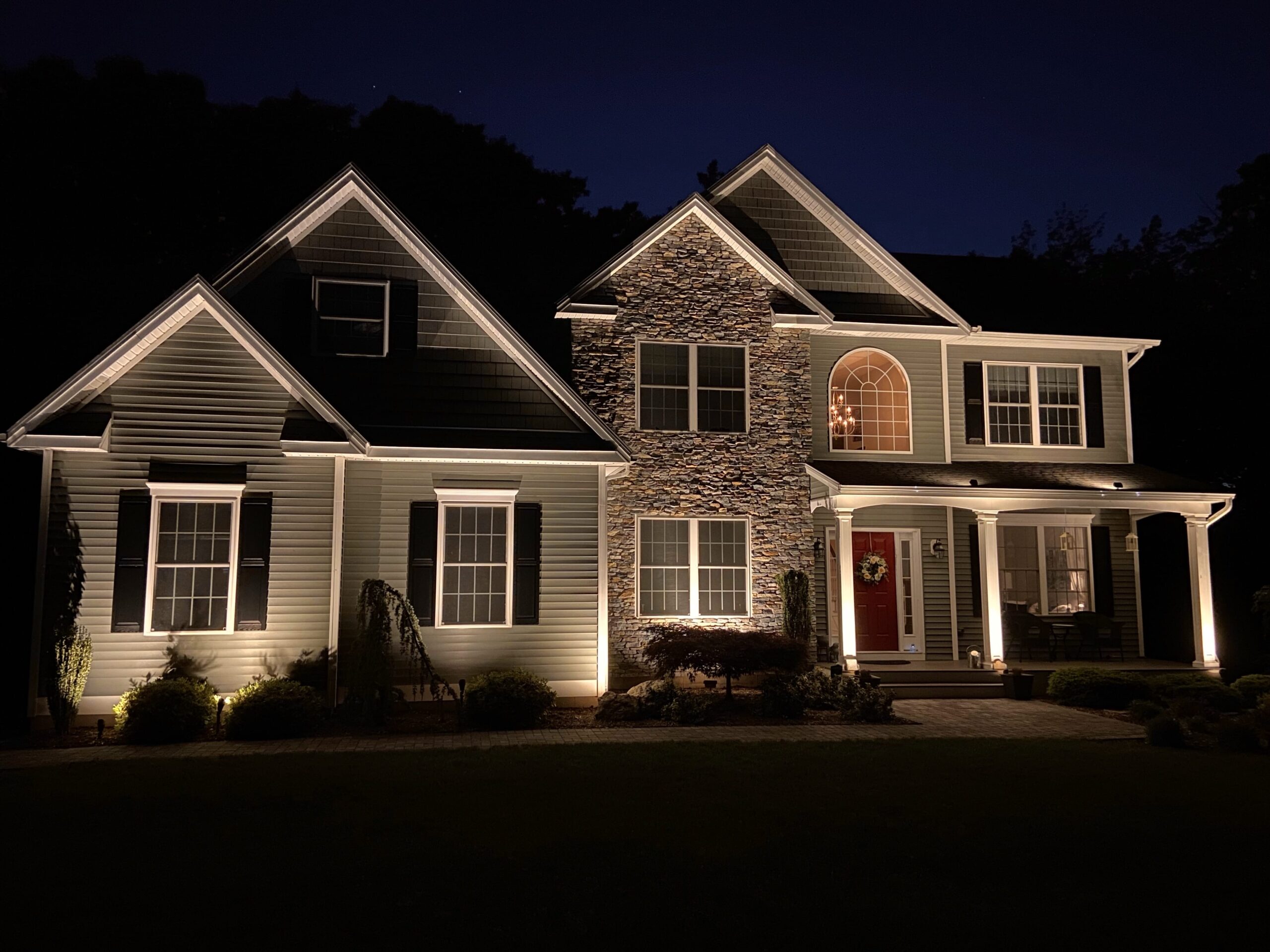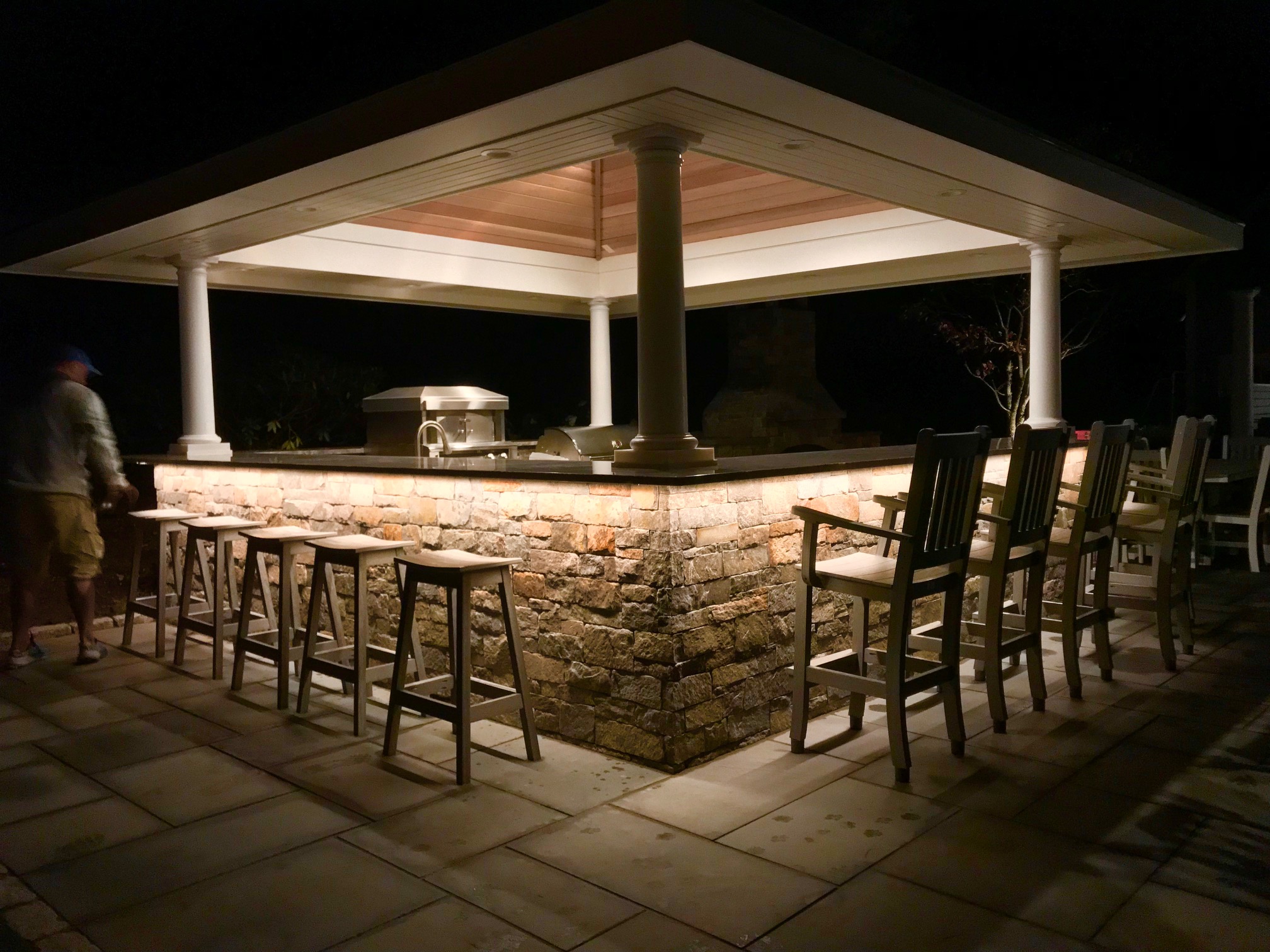Landscape Lighting
Enjoy the beauty and tranquility of your landscape… at night!
Outdoor Kitchens & Grill Areas
The outdoor living space continues to grow in popularity. These outdoor oasis’ allow for large gatherings of friends and families while meals are prepped.
Poolscapes
A comfortable light level around a pool area is not only beautiful, it is a safety feature as well. The showcasing of the patio area where it touches planting beds gives one a sense of space.
Pergolas & Pavilions
Having the outdoor “living space” is an ideal way of entertaining while being surrounded by nature. These structures in your garden or on your patios allow all the comforts of a family room while being outdoors. Amenities such as lighting, fans, heaters, outdoor tv’s, wifi extenders and outdoor audio means you can enjoy time outdoors. Even turning these structures into an outdoor office means while you’re working from home, it can be done from your own private retreat.
Outdoor Lighting
Transform your outdoor space into a captivating oasis with our exquisite outdoor lighting solutions, seamlessly blending style and functionality to illuminate your nights and elevate your outdoor experience.
Outdoor Living Spaces
Create your perfect escape with our premium outdoor living spaces, where comfort meets elegance, bringing the indoors out and transforming your backyard into a haven for relaxation and entertainment.
Request a consultation
Investing in residential exterior lighting not only elevates the curb appeal of your home but also contributes to a safer, more inviting, and versatile living environment.
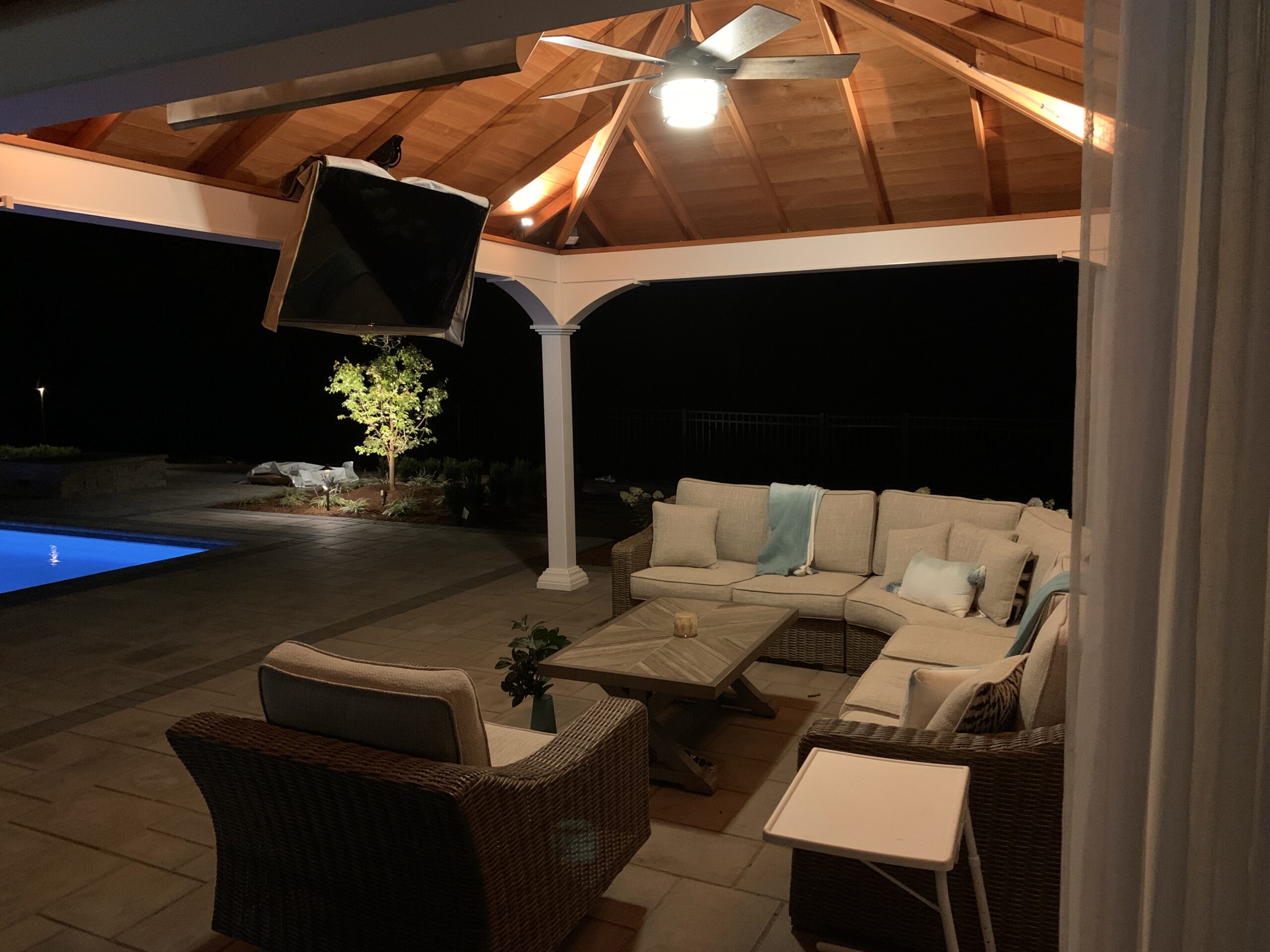
Craig, the Sponge and Investing in Your Career
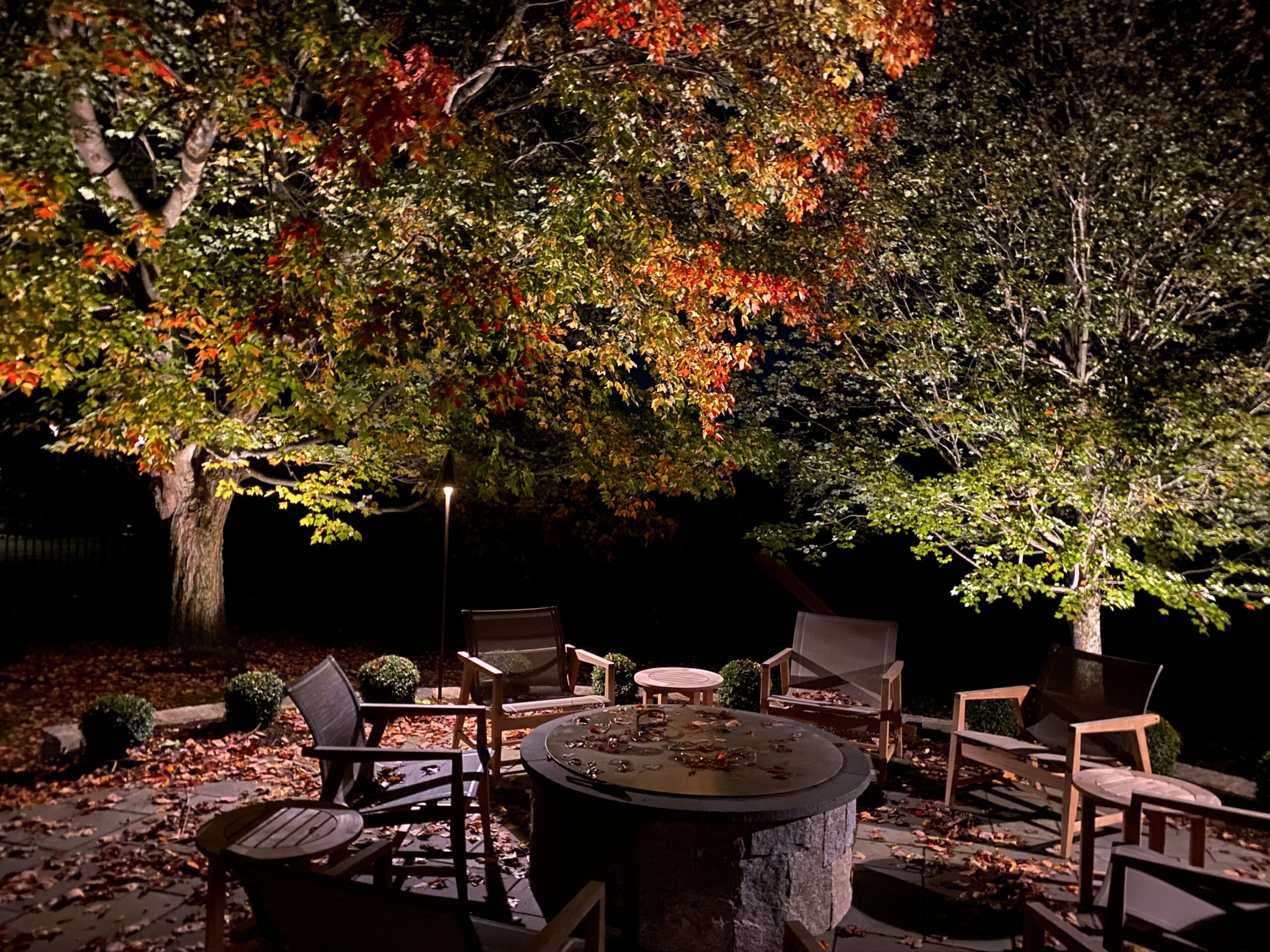
Autumn Tips For Your Landscape Lighting System
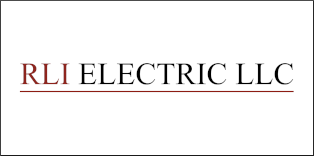
“I Thought That Was Included”
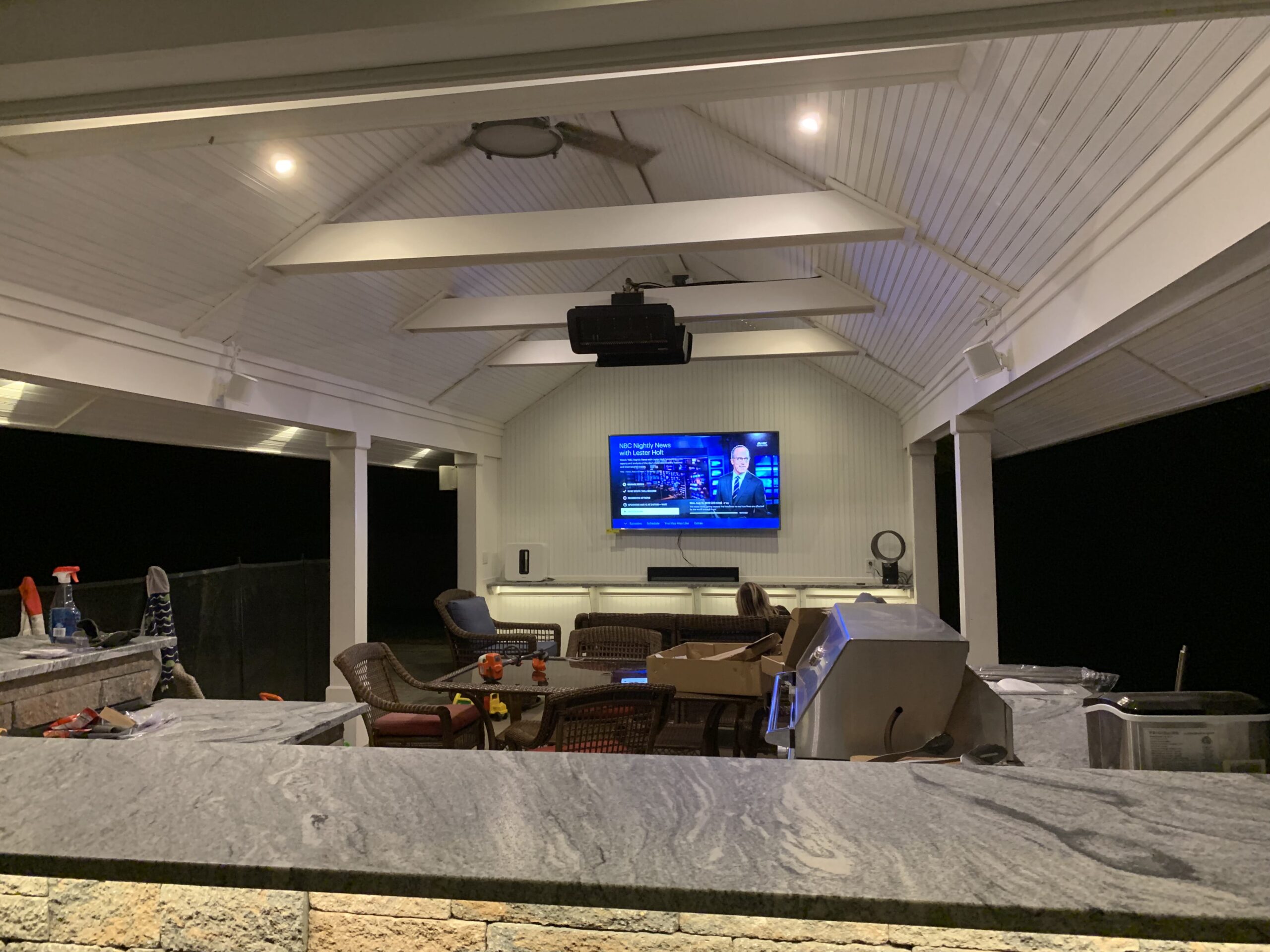
Outdoor “Sound Field”

Caution with LED integrated fixtures

The Area of Refuge

Service provider or something more?

Excuse me, are you an electrician?
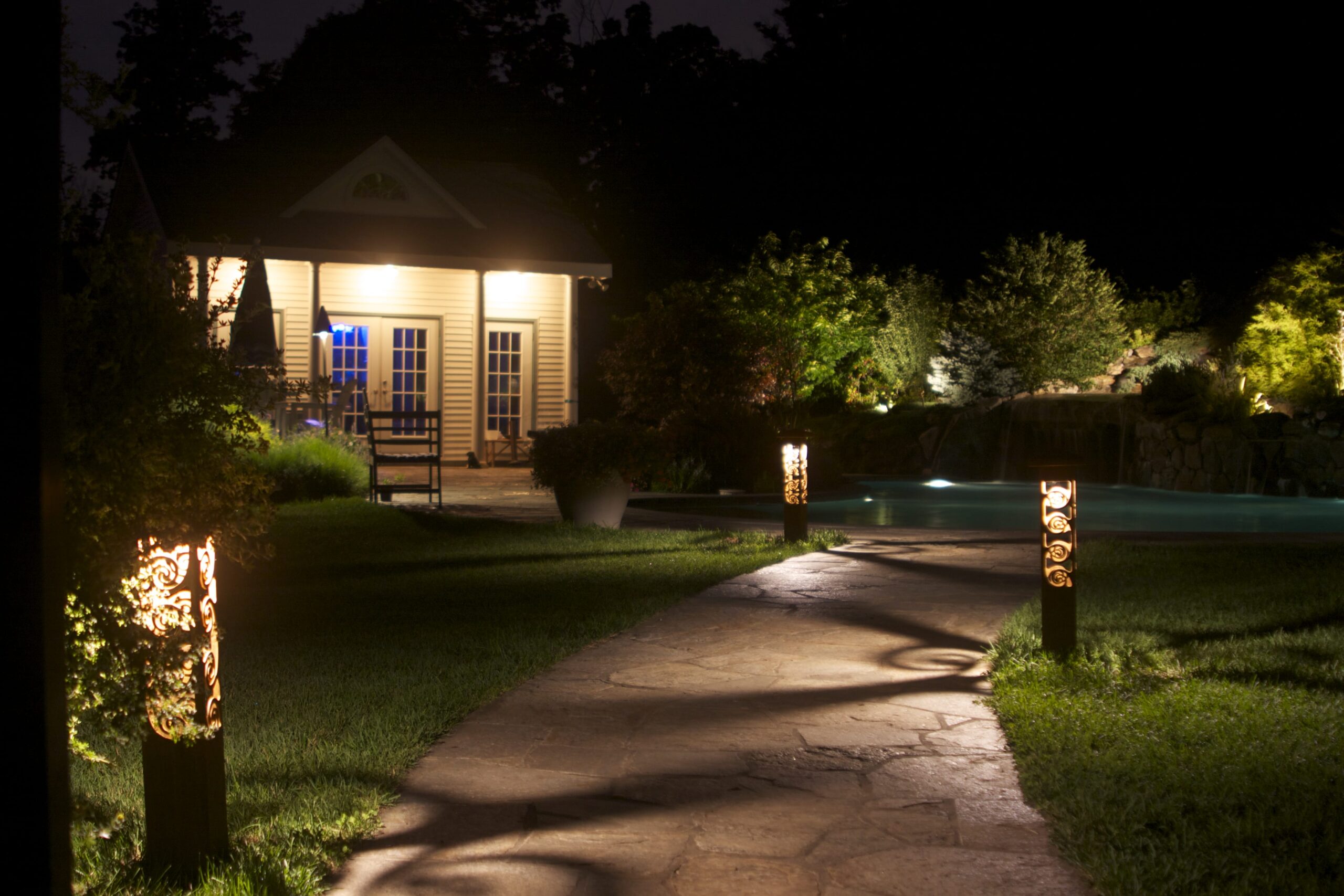
Pathlighting


